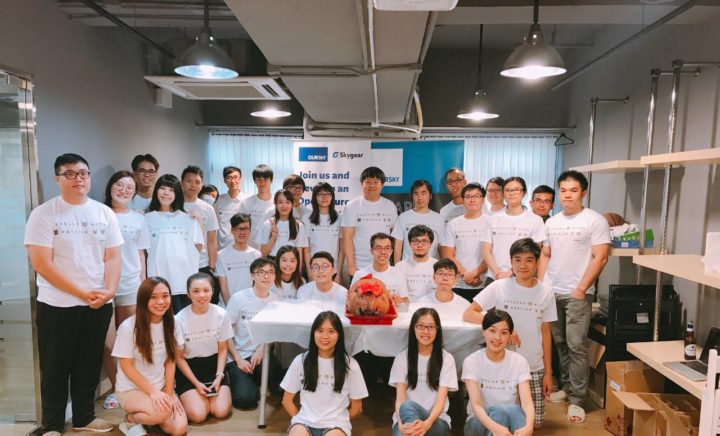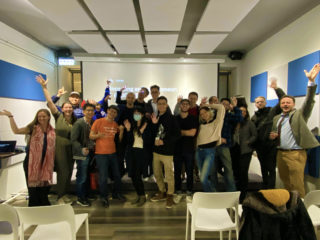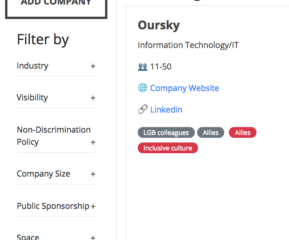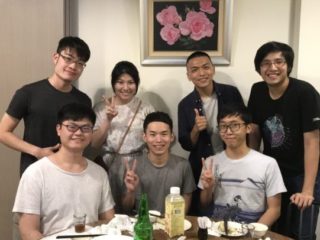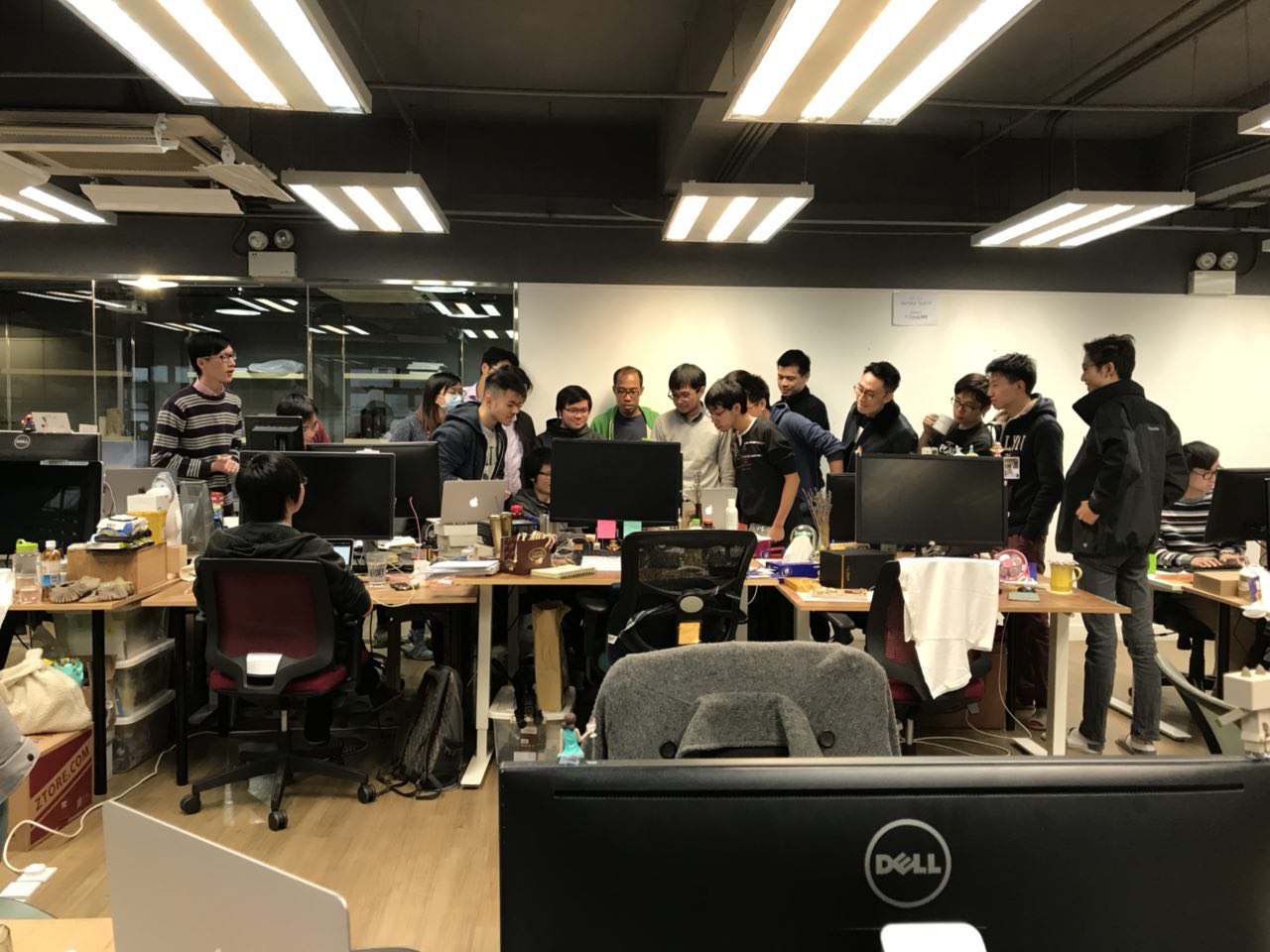It’s almost 2017! Most would agree 2016 has been a roller coaster ride. Before Oursky breaks for the winter holidays, we’re taking the time to reflect on this year’s milestones, achievements, and learnings. We’re grateful to all our clients, friends, and extended Oursky family who challenged and supported us to grow as a company. Find out what we’ve been up to below!
We found a new home for our growing team
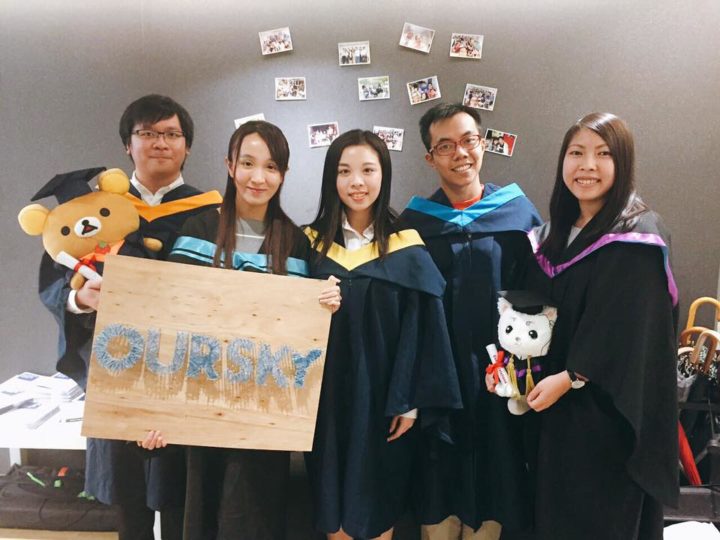
We have added 6 full-time team members in Hong Kong and two remote-working colleagues who are travelling around Asia Pacific. We’re always looking for new talents in Hong Kong and Taiwan. Check out our openings!
Also, we’ve moved to a bigger home at Lai Chi Kok. Home, as in so comfy you wouldn’t leave sort of home. In addition to our open office area, we have a games room, ping pong table, AV system, and even VR machine. If you have a developer-related event and need a venue for your event, feel free to get in touch here.
We’re sharing our best practices
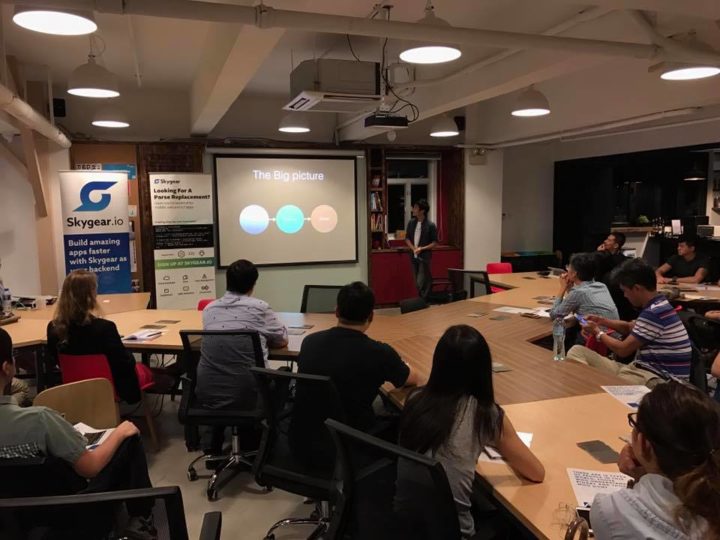
We’re also sharing our development process and best practices at talks throughout Hong Kong. You can check our Slidedecks from previous presentations. Also we’ve published our project management and web design process templates on our blog. Let us know if you have other questions about how we build award-winning apps!
We always have something to celebrate
We love the lean startup hustle, but we’ll always make time for our monthly team dinners. This year, one colleague got married and two had kids. We even celebrated our new Oursky T-shirts (By the way, we’re doing an X’mas giveaway draw ending Dec. 23 and will mail one anywhere in the world!).
For festive seasons like Christmas, we have days for self-organised company activities such as dim sum lunches, movie screenings, hackathons, and hikes.
We’re grateful for our awesome clients
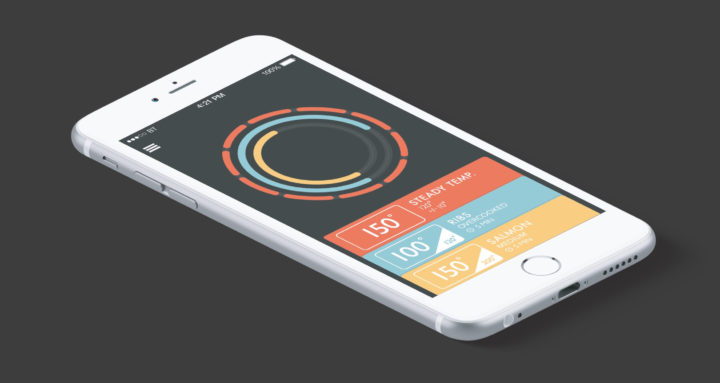
We’ve had more projects than ever for 2016. In addition to doing web and mobile apps, we’ve developed Enterprise app such as a hotdesking system for Thomson Reuters; IoT apps such as Carbon, which connects with thermometers designed for chefs designed by chefs; and AI software for a client who wanted to create a specialized image recognition system. You can learn more by check out our post on Tensorflow’s AI-assisted image classification.
Focused side projects are a key to success
Our side project, Spentable, was featured as best new app in 2016 on the Apple Apps Store. The idea began at one of our regular side project meetings, where someone wanted a simple expense tracking app and hadn’t found anything to use. Our other products such as MakeAppIcon, and Shotbot came out of similar brainstorms and have generated revenue for the company and grown from simple web products to desktop versions.
Not all side projects are meant to be commercially viable. Some of them are fun conveniences for our company. Our door lock app that is an IoT solution using our BaaS product, Skygear, for opening our office door using whatever devices our team members wanted, ranging from iPhone to Pebble watch.
We’re making big bets with an open-source BaaS for developers
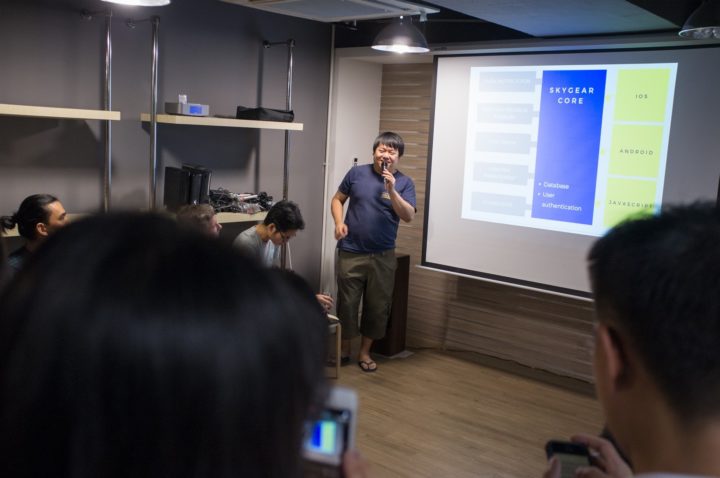
In March 2016, we launched portal.skygear.io much earlier than we planned since we had a friendly app vendor who wanted to use Skygear commercially. Skygear was originally a BaaS we were creating internally to improve our development speed, reliability and scaling potential for clients. We believe that a serverless approach will fundamentally change how people develop apps and a reusable backend with features such as as chat, pubsub, user management, event-triggered Cloud Functions and CMS is just the beginning.
We believe in open and freedom so it’s no-brainer to open-source Skygear, to share our code, learnings, code review, and development process with the public — and commercially as an assurance that a case like Parse being shutdown (and being inadequately replaced with Parse.org) won’t happen with us.
It’s a pretty big internal project, but we think it’s worth it!
We’ve upgraded our project management process

As we’ve increased our number of concurrent projects, we’ve also upped our game with staging servers infrastructure. Previously, we had different virtual servers opened for projects. Some were shared and some were independent, but either way it was difficult to keep track of and shut down the ones that were no longer needed.
Since then, we’ve adopted Kubernetes, an open source container cluster manager made by Google. We put staging client projects and internal tools in containers and run them side by side in the same Kubernetes cluster. This allows us to optimize server resources as well as automate deployment and supports easier scaling. We also use Kubernetes for our Skygear serverless backend and hosting services.
Finally realizing our QA dream
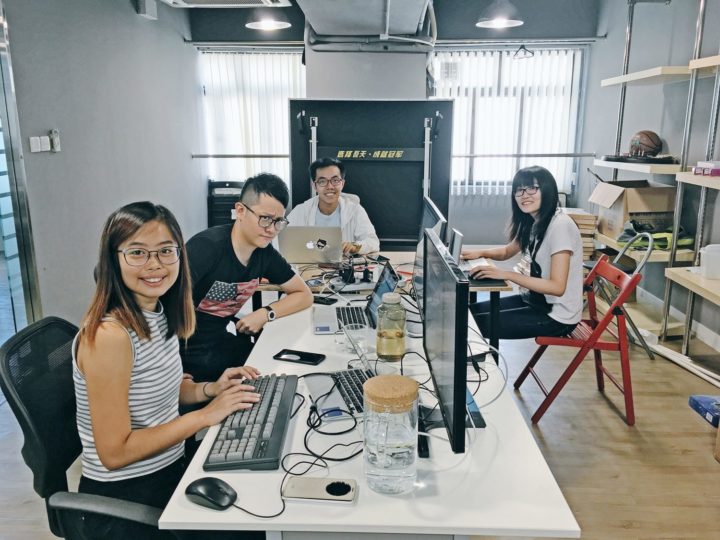
Code quality should always be built into development best practices. Oursky used to test everything manually with a two-person tag-team, and don’t have a consistent automated test standard.
This year, our development team standardized with a couple of code quality index such as cyclomatic complexity, lint errors, unit test coverage through CI servers.
We’ve also improve coverage for smoke test, exploratory test, functional test and integration test via automated UI tests and the Skytester community, which consist of nearly 30 freelancers to scale our manual testing coverage. Scalable testing is what allows the company to serve our increasing number of clients with the same high standard.
Being the only Hong Kong team to participate in the Asia division of the Software Testing World Cup 2016 and placing 7th out of 48 competitors despite only having 1 hour to complete a 3-hour competition!
Drop by Oursky in 2017
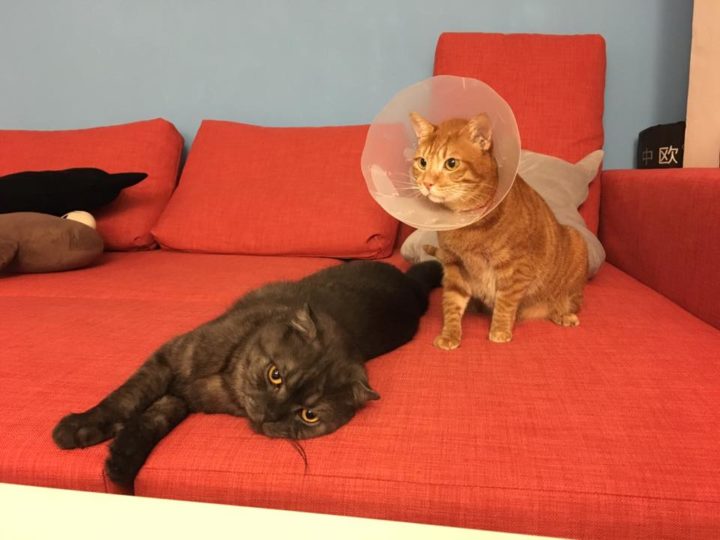
One final thought: Oursky is more than just an app studio that builds apps for clients. We build products that are useful to our fellow developers and meaningful to our team. Feel free to get in touch or visit us at our new Lai Chi Kok office anytime!
Happy holidays from the Oursky team!

